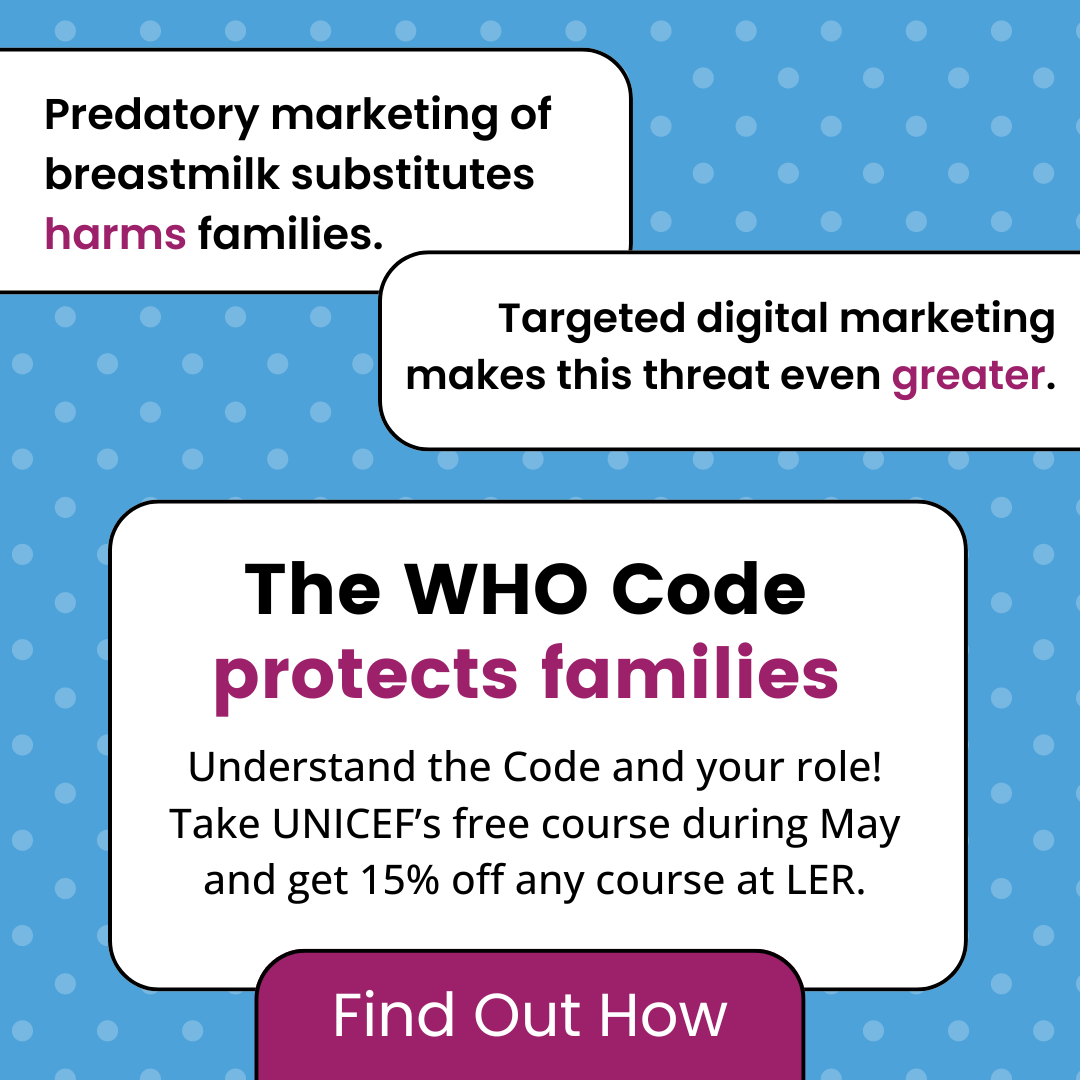Eight Tips For Planning Your IBLCE Exam Study Schedule


You are planning to sit for the exam in April or September. How should you plan your study schedule? We asked Angela Love-Zaranka,BA, IBCLC, RLC, FILCA LER’s Program Director to share her thoughts with us. Here, she shares some thoughts about how to study – and some common mistakes she sees people make.
There’s so much material to cover! How can exam-takers use the Detailed Content Outline to break it down?
The test is directly designed to assess your knowledge of the topics listed in the Detailed Content Outline. You should expect questions on the topics (like physiology or clinical skills), chronological periods (such as prenatal, birth to day two, or beyond twelve months), and the key tasks (like assessment or taking a history).
To create the IBCLC Detailed Outline, IBLCE actually interviews LCs around the world, to find out what they’re doing in their practice. The Content Outline has several components, topics, key tasks, and chronological periods
How do I study each topic?
The topics listed on the outline are very broad – for example, one topic is “maternal acute disease.” Find and use resources – from your prior education or from new sources – that help you work through the specifics of common maternal diseases you might encounter. What is an example of a maternal disease? How does it affect lactation? Working through each topic in this way enables you to go in-depth and ensures you’re covering each thoroughly.
And the key tasks?
When a lactation consultant works with a family, they complete key tasks: they assess, develop a plan, document, evaluate, help mother to determine goals, take a history, and work with other medical providers. The exam will cover each of those topics to assess your knowledge of each.
As you study, look at each of the topics and ask how you might apply the key tasks. For example, “If the mother does have diabetes, how do I determine that in the history? How would I work with other providers? How might that affect the plan we develop?” Apply that framework to different topics.
What about the chronological periods?
The chronological periods cover preconception through 12 months and beyond. To continue with the diabetes example, you might ask yourself, what is important to know about something like gestational diabetes in pregnancy versus diabetes that is present throughout the periods of preconception, pregnancy, and lactation? How can diabetes during each of those time-frames impact lactation?
What else is important to notice on the Detailed Content Outline?
Focus on the column “Total number of items” at the bottom of the topics list. Note there are 175 questions total. If you scroll back up, that column will tell you how many questions are likely to be on the test for that specific content area. For example, the outline indicates there are 35 questions in clinical skills. Ask yourself about your confidence in that area. If you feel solid in your clinical skills, focus your attention on another area of the outline.
How should I plan my schedule?
Review the Detailed Content Outline and assess your confidence in each area. Plan to spend extra time on areas you are less familiar with.
Our Exam Prep courses offer two great ways to do this. Our cutting-edge practice question tool, QBank allows you to test yourself with 570 questions aligned to the exam content (and more are added all the time!) QBank provides detailed, referenced explanations for correct answers, making each question – right or wrong – a learning experience. And it helps you find the gaps in your knowledge and target your studying.
You can also test yourself with our interactive online flashcards, available as part of both our Exam Review courses. You choose the parameters of your flashcard session, so you can choose to just see the ones you have not yet gotten right, focusing your work right where you need it.
There are some areas where I need some extra help. Now what?
Pull out your texts and refresh your knowledge of the topics where you still see gaps. Also consider our enriched exam review course. It offers 32 video lessons specifically aligned to the detailed content outline.
When should I start?
You can start anytime, but we encourage you to start roughly 45-90 days before the exam. Make a list of your focus areas from your self-assessment and mark out windows for each one. Both of our exam courses offer a schedule you can use to help organize your time. Be sure to leave time for studying for the photo questions as well.
Lactation Education Resources Exam Prep courses offer packages designed to give you the tools you need to study, from QBank to flashcards on key terms, to study worksheets, and photo flashcards. Find the package that is right for you.
By accepting you will be accessing a service provided by a third-party external to https://www.lactationtraining.com/

